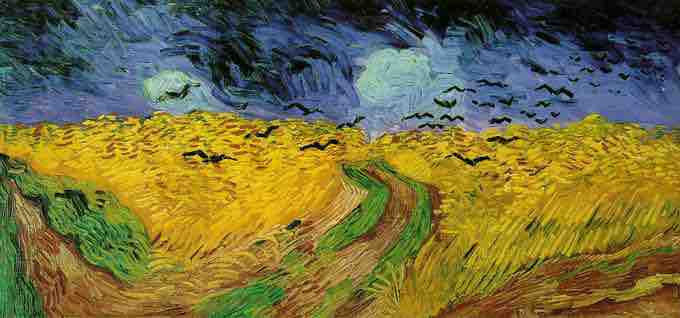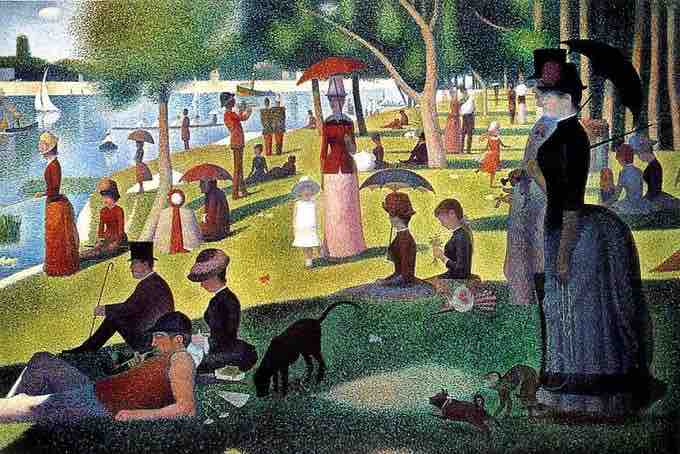Move from Naturalism
Post-Impression refers to a genre of painting that rejected the naturalism of Impressionism, in favor of using color and form in more expressive manners. The term "Post-Impressionism" was coined by the British artist and art critic Roger Fry in 1910 to describe the development of French art since Manet. Post-Impressionists extended Impressionism while rejecting its limitations. For example, they continued using vivid colors, thick application of paint, distinctive brush strokes, and real-life subject matter, but they were also more inclined to emphasize geometric forms, distort forms for expressive effect, and to use unnatural or arbitrary colors in their compositions.
Significant Artists of Post-Impressionism
Post-Impressionism developed from Impressionism. From the 1880s onward, several artists, including Vincent Van Gogh, Paul Gauguin, Georges Seurat, and Henri de Toulouse-Lautrec, envisioned different precepts for the use of color, pattern, form, and line, deriving these new directions from the Impressionist example. These artists were slightly younger than the Impressionists, and their work contemporaneously became known as Post-Impressionism. Some of the original Impressionist artists also ventured into this new territory. Camille Pissarro briefly painted in a pointillist manner, and even Monet abandoned strict plein air painting. Paul Cézanne, who participated in the first and third Impressionist exhibitions, developed a highly individual vision emphasizing pictorial structure; he is most often called a post-Impressionist. Although these cases illustrate the difficulty of assigning labels, the work of the original Impressionist painters may, by definition, be categorized as Impressionism.

Wheat Field with Crows, Van Gogh, 1890
Vincent Van Gogh used swirling brush strokes in many of his Post-Impressionist works.
A Diverse Search for Direction
The Post-Impressionists were dissatisfied with the triviality of subject matter and the loss of structure in Impressionist paintings, although they did not agree on the way forward. Georges Seurat and his followers, for instance, concerned themselves with Pointillism, the systematic use of tiny dots of colour. Paul Cézanne set out to restore a sense of order and structure to painting by reducing objects to their basic shapes while retaining the bright fresh colours of Impressionism. Vincent van Gogh used vibrant colors and swirling brush strokes to convey his feelings and his state of mind. Hence, although they were often exhibited together, Post-Impressionist artists were not in agreement concerning a cohesive movement, and younger painters in the early twentieth century worked in geographically disparate regions and in various stylistic categories, such as Fauvism and Cubism.

A Sunday Afternoon on the Island of La Grande Jatte, Georges-Pierre Seurat, 1884-86
Georges Seurat's works are Pointillist, using systematic dots of color to create form and structure.